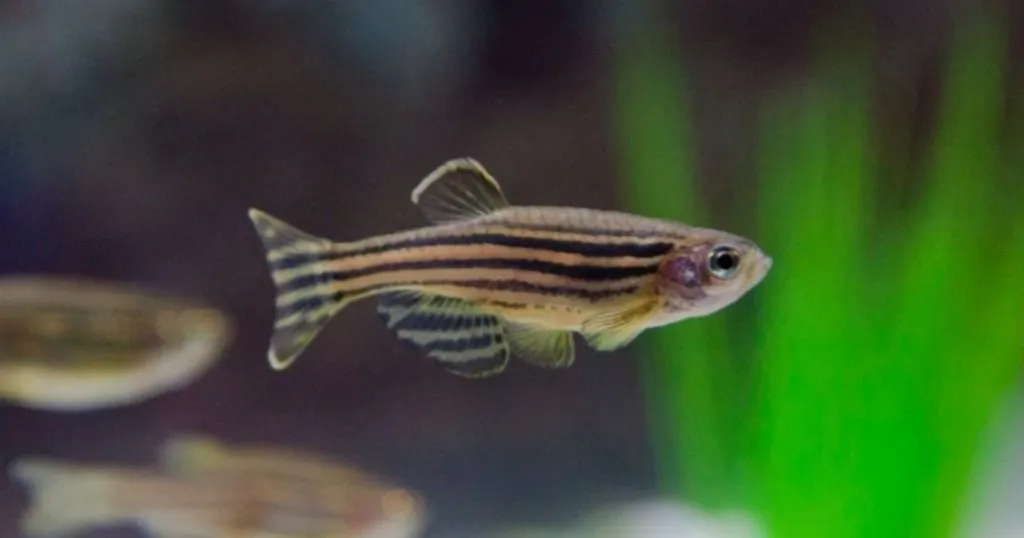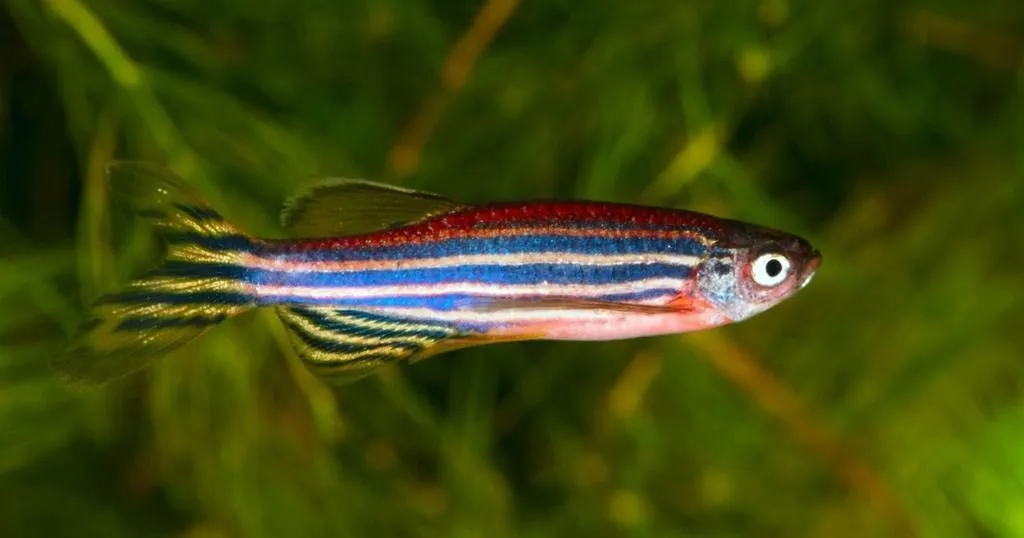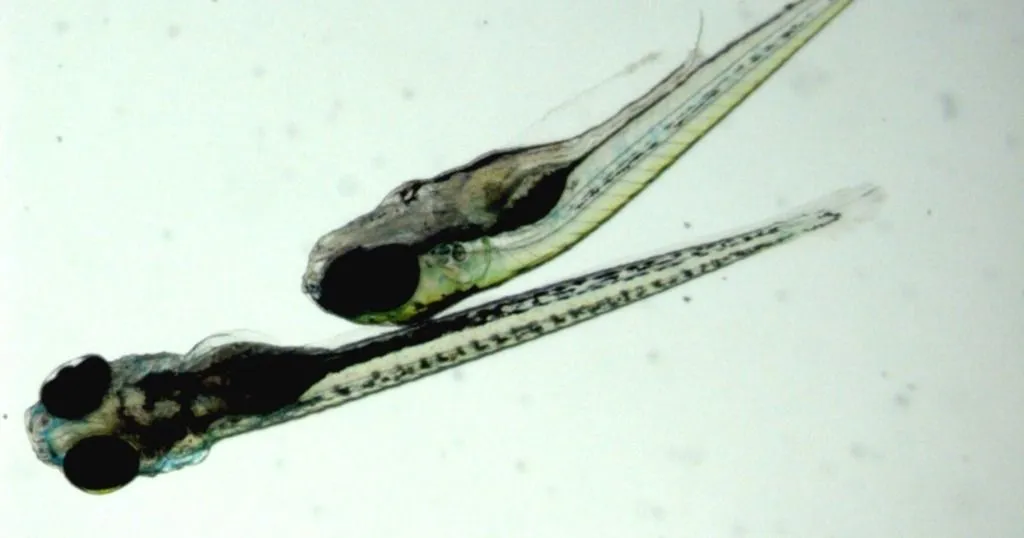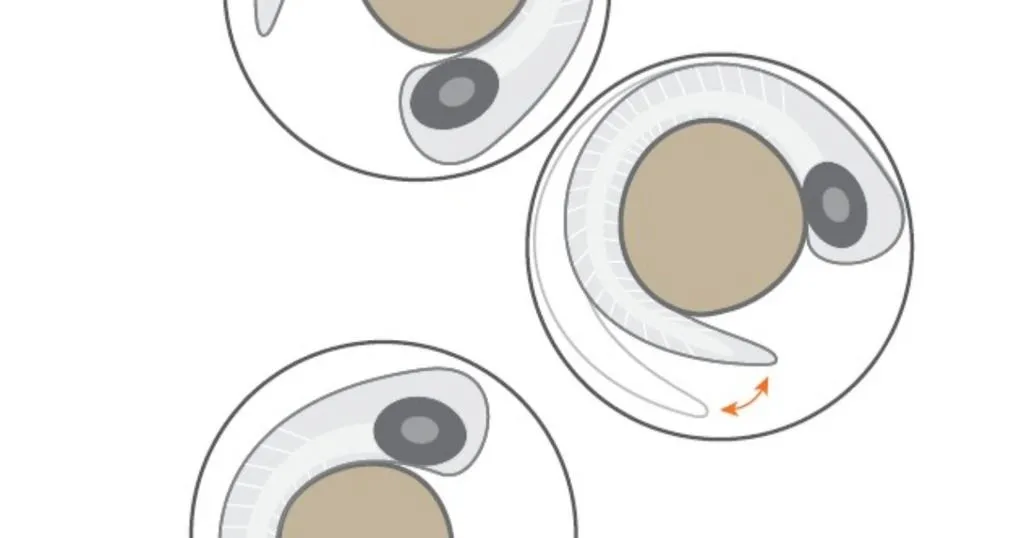Zebrafish research: behavioral differences between wild-type strains
Often in animal research, animals with a certain genetic alteration are compared to a “wild-type”. One might assume that there is no differences between wild-types, but many different strains of wild-type animals are used.
Posted by
Published on
Tue 20 Aug. 2013
Topics
| Anxiety | Bottom Dwelling | Circadian Rhythmicity | Color Discrimination | EthoVision XT | Exploratory Behavior | Fish | Learning And Memory | Novel Tank Test | T-maze | Video Tracking | Zebrafish |

Often in animal research, animals with a certain genetic alteration are compared to a “wild-type” (this being the ‘normal’ rat, mouse, or zebrafish). One might assume that there is no difference between one wild-type animal and the next, but in fact, many different strains of wild-type animals are used.
Many wild-type zebrafish strains
The same is true for zebrafish. Many studies talk of wild-type animals, but the strain is not always mentioned. Furthermore, wild-type fish can be acquired at the pet shop, from a commercial scientific supplier, or simply caught in the wild. Vignet et al. noticed that there have been reports of differences in behavior between wild-type strains, and therefore they stress the importance of matching the most appropriate strain to the behavioral test.
Comparing AB and TU zebrafish strains
In their study, recently published in Zebrafish, Vignet et al. report about their comparison between two well-established wild-type strains of zebrafish (AB and TU). They subjected both larval and adult specimens to a series of behavioral testing. All of these tests were recorded on video with an IR backlight and then processed and analyzed with EthoVision XT video tracking software.
Circadian rhythmicity of adult zebrafish
To investigate adult circadian rhythmicity, multiple fish per tank were tested in multiple tanks simultaneously. After one night of acclimatization, behavior was recorded during 48 hours with a normal day-night lighting cycle. Activity, measured as distance travelled (cm), was automatically determined by EthoVision XT.
Both strains were most active during the transition period from light to dark and from dark to light. AB fish were more active at the end of the day, while TU fish were more active at the end of the night. On the whole, activity during the day was greater for AB fish. While AB fish were clearly diurnal (showing significantly more activity during light phases than dark phases), activity levels of the TU fish were more evenly distributed.
Light/dark challenge adults
A sudden darkness test elicited an immediate and sustained increase in activity in both strains of adults, though the response was larger in TU fish. When lights were turned on again, an additional increase was measured, which decreased rapidly. TU fish were more active than AB fish, but only during the dark periods.
Circadian rhythmicity in larvae
Circadian rhythmicity was also measured in larvae, in 24 well-plates. This well plate was chosen (as opposed to 48 or 96 well-plates) to obtain a higher level of activity. Before video tracking, the plate was placed on an IR floor to acclimatize the larvae to their new surroundings before 72 hours of continuous video tracking. Both strains of larvae turned out to be diurnal with activity levels decreasing to a minimum during nighttime. During the day, TU larvae were more active than AB larvae, and they showed a more contrasted activity between day and night. After 5 dpf, AB larvae were more active than TU larvae during most of the nights.
Light/dark challenge larvae
For the light/dark challenge, larvae were tested at 5 dpf in 48 well-plates in which they already acclimatized for one day. A second acclimatization took place in either the box they used for video tracking (protocol 1, P1) or simply on an IR backlit plate (P2) for 2 hours.
In P1, 5 minutes of darkness was preceded by and followed up with 2 hours of light. AB larvae were more active and showed a higher increase in activity during the second light phase compared to TU larvae. The second protocol (P2) was more ‘high-throughput’: all three phases only lasted for 5 minutes. With this protocol, the darkness did not elicit the expected increase in activity though turning the lights on again did result in the classical decrease.
Novel environment testing adults
The third experiment measured the exploration of individual adult zebrafish in a novel environment, which in this experiment was either a T-maze or a trapezoidal tank. In the T-maze, one goal arm was deeper and contained marbles and artificial grass to create a more favorable environment. After release in the start area, fish were video tracked for 5 minutes, measuring latency to exit start area, time spent in each area, and distance traveled automatically with EthoVision XT. The time it took fish to reach the more favorable arm did not differ between strains, though TU fish tended to spend more time in the start area. TU fish were also more active in the shallow area.
Then, a novel tank test was performed to measure the amount of time spent in the upper (1/3 of the tank) and lower (2/3 of the tank) areas. While all of the fish spent more time in the bottom, time spent in the upper zone increased over time. TU fish spent more time in the top than AB fish and were more active, indicating more exploration by the TU fish and more anxious behavior by the AB fish.
Color learning
For color learning, adult zebrafish were conditioned to a green light, by subjecting them to green light for 10 seconds, once a day, immediately followed by food. They were reared alongside a control group for each strain. After 15 days of conditioning, 5 days of testing commenced. Researchers used a ‘color-test box’, containing a home area and a chamber area with three chambers. This box was again placed on an IR floor and animals were video tracked from above.
In the first test, one of the chambers lit up green for 30 seconds. Conditioned fish from both strains spent more time in this particular chamber than the other chambers; the control groups did not. In the second test, a blue light was turned on at the same time as the green light, but in another chamber. Only conditioned fish were tested in this color discrimination test and only the AB strain spent more time in the green chamber than in the blue and unlit chambers, while TU showed no distinction.
Different genetic backgrounds can lead to differences in behavior
So there you have it. With this range of behavioral tests, Vignet and colleagues showed that these two strains can sometimes act the same but at other times show different behaviors. While TU fish seem to be more explorative, AB fish seem to be more anxious and better in color discrimination learning. Care should be taken in selecting the appropriate strain for each study, and in comparing results from different studies with different strains used.
More about this research
Vignet, C.; Begout, M.L.; Pean, S.; Lyphout, L.; Leguay, D.; Cousin. X. (2013). Systematic screening of behavioral responses in two zebrafish strains. Zebrafish, doi: 10.1089/zeb.2013.0871.
More about these behavioral tests
If you want to find out more about these types of behavioral tests and how automated video tracking can make these test more reliable and efficient, please visit these webpages:
Related Posts

How optogenetics is used to study the stress response in zebrafish larvae

The effects of quantum dots on zebrafish larvae locomotor behavior

